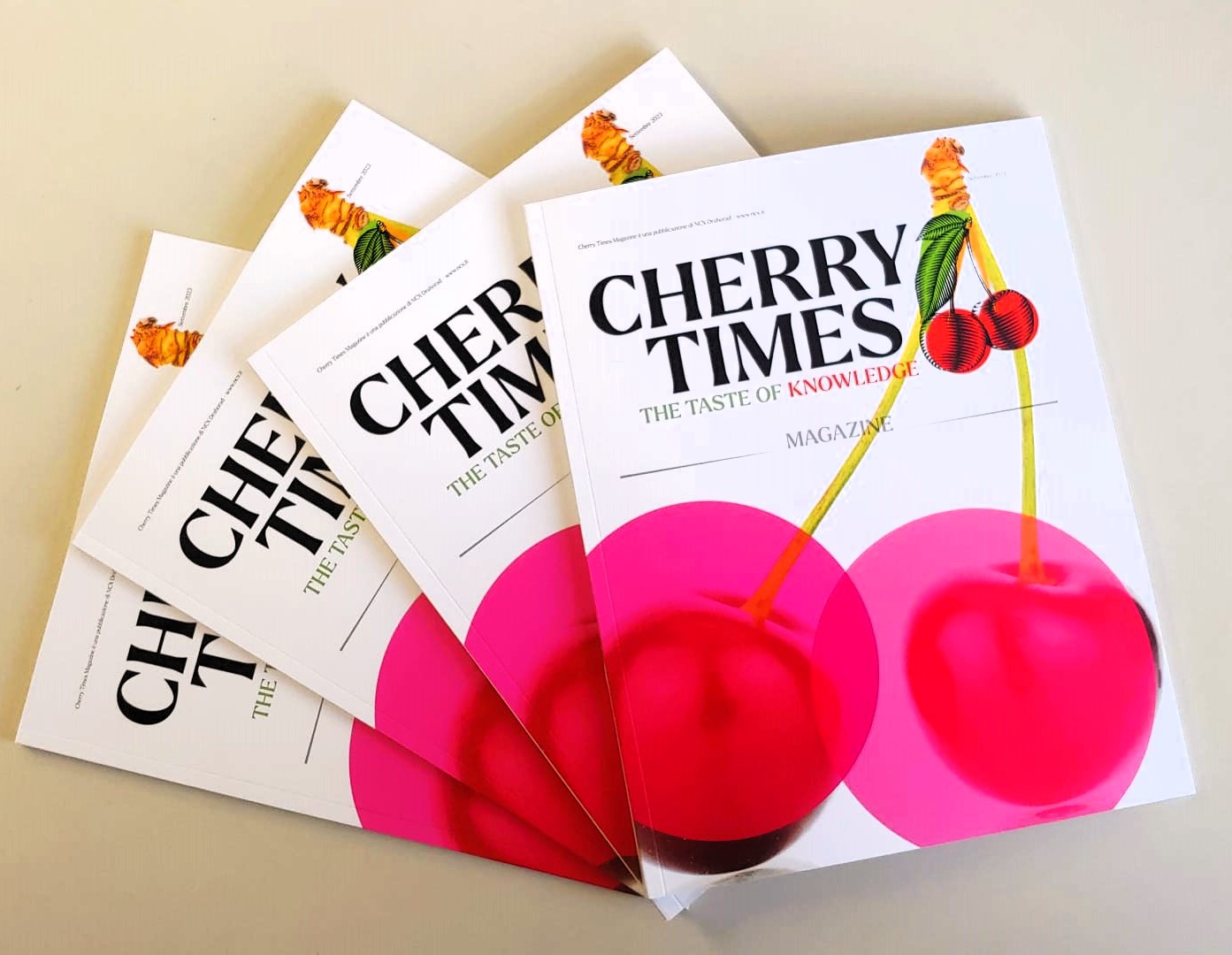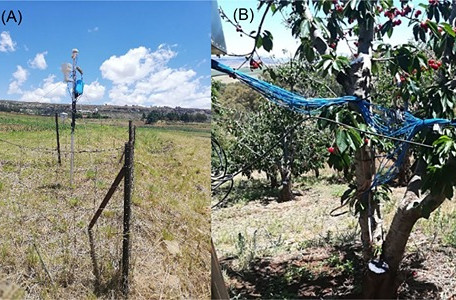“Spätbraune of Purbach” is the name of a juicy medium-sized cherry variety with semi-firm flesh harvested in the town of Purbach, located in Burgenland, Austria. The skin and flesh have a dark red color.
Pressing the fruit yields a reddish-brown juice, and the pit separates easily from the flesh. The flavor is aromatic and sweet, with very low acidity. This variety is particularly well-suited for making jams and preserves.
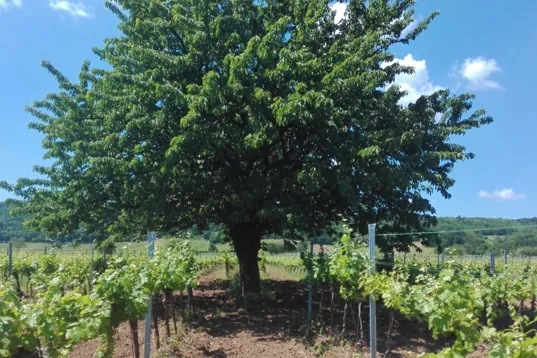
The Purbach Spätbraune originates from Purbach, one of the five municipalities in the Leithaberg region, renowned for its cherries. In this area, cherry cultivation (Prunus avium) dates back to the 18th century. Typically, the tree is grown tall and planted in vineyards or on farmland.
Traditional Cultivation and Cultural Heritage
This form of mixed cultivation, with no other examples in Austria, is typical of northern Burgenland. The Genuss-Region (culinary region) of Leithaberg cherries is part of the Fertö/Neusiedlersee cultural landscape, which is included in the UNESCO World Heritage list.
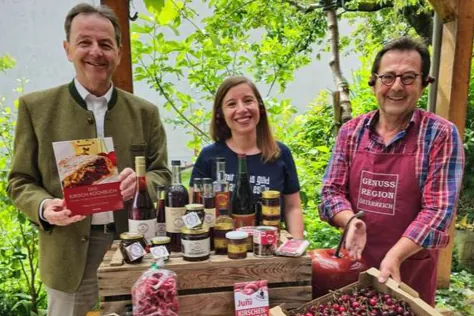
The territory is particularly well-suited to cherry growing, and cherries ripen earlier here than in any other part of Austria. These natural advantages have been fully utilized by planting mostly early-ripening varieties, ready for consumption between the end of May and mid-June.
The annual harvest of the Purbach Spätbraune amounts to a few hundred kilograms. Most of the crop is sold as juice, often blended with juice from other cherry varieties. Demand is low, and cultivation is labor-intensive.
Decline in Production and Risk of Extinction
In the past, cherries from the Leithaberg region were primarily sold on Viennese markets. Between the two World Wars and in the post-war period, cherry cultivation experienced a time of economic prosperity in the region.
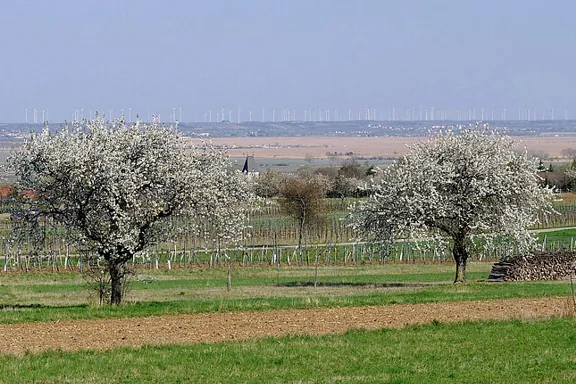
Each community could boast between 10,000 and 15,000 cherry trees, a number that has now dwindled to a total of 5,000 trees. The number of growers has also sharply declined, and today there is only one specialized business remaining.
If this last operation were to cease its activities, there is a real risk that the Purbach Spätbraune could disappear in a short time.
Source: Slow Food Ark of Taste
Cherry Times - All rights reserved








